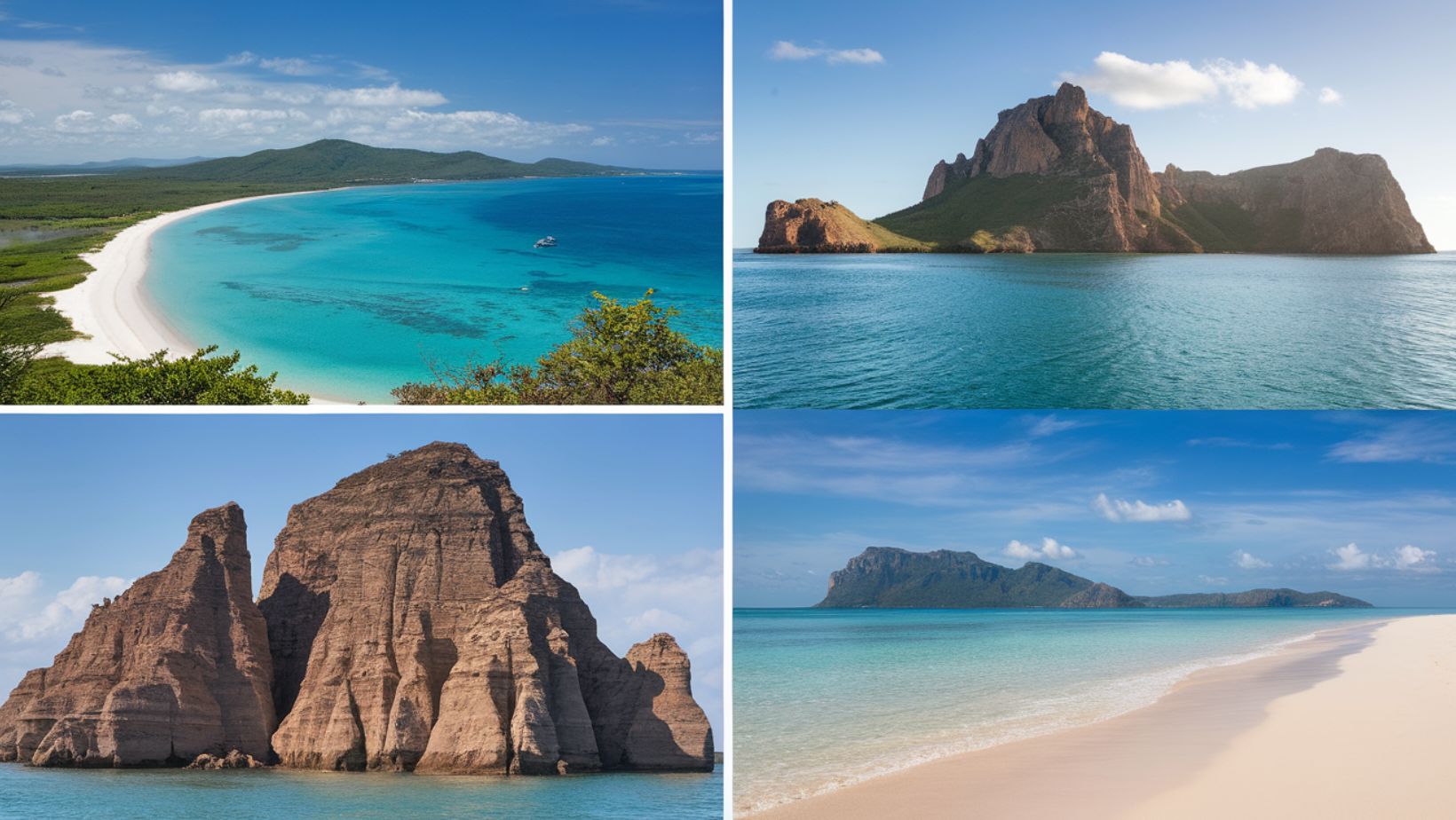What if paradise wasn’t where everyone told you it would be? While millions flock to Bali’s shores each year, a handful of savvy travelers have discovered something extraordinary off the coast of Eastern Africa. In a world where overtourism threatens to diminish the magic of popular destinations, these three remarkable islands remain delightfully under the radar. Could these pristine African archipelagos be the answer to those seeking the authentic island experience that Bali offered decades ago?
The Bazaruto Archipelago Is Where Ancient Sea Cows Dance Through Crystal Waters
Often called “The Pearl of the Indian Ocean,” Bazaruto Archipelago stands as a testament to untouched natural beauty. Home to the largest population of dugongs in the Western Indian Ocean, this sanctuary offers visitors a rare glimpse of these gentle marine mammals in their natural habitat. Recent studies show that approximately 250 dugongs still inhabit these waters, making it one of the last viable populations in the Western Indian Ocean.
The archipelago’s towering sand dunes, some reaching heights of 300 feet, create a stunning contrast against the turquoise waters. Local tour operators report that sandboarding these massive dunes has become increasingly popular, with visitors comparing the experience to “snowboarding in paradise.” The marine life is equally impressive, with visitors having a 90% chance of spotting sea turtles during any given snorkeling session.
The Quirimbas Archipelago Proves That History and Natural Wonder Can Coexist in Perfect Harmony
Stretching along Mozambique’s northern coast, the Quirimbas Archipelago combines centuries-old Portuguese colonial architecture with some of the most pristine coral reefs in the world. The 32 islands that make up this paradise were once major trading posts, and today their ancient structures tell tales of a fascinating past. Recent marine surveys have documented over 350 species of reef fish in these waters, making it one of the most biodiverse marine ecosystems in the Indian Ocean.
The archipelago’s crown jewel, Ibo Island, features buildings dating back to the 1750s, with local guides sharing stories of how these structures have remained virtually unchanged for centuries. The area’s designation as a UNESCO Biosphere Reserve in 2018 has helped preserve both its cultural heritage and natural wonders, including mangrove forests that serve as natural carbon sinks, absorbing up to 10 times more carbon than terrestrial forests.
Pemba Island Stands as The Undiscovered Gem of the Zanzibar Archipelago
While tourists crowd the beaches of Zanzibar, its sister island Pemba remains refreshingly authentic and unexplored. Known locally as “The Green Island,” Pemba boasts hillsides covered in clove trees that produce 70% of the world’s clove supply. The island’s diving spots are consistently ranked among the top 10 in the world, with visibility often exceeding 40 meters and drop-offs plunging over 800 meters into the depths.
Recent visitor statistics show that Pemba receives only about 20,000 tourists annually, compared to Zanzibar’s 500,000, making it an ideal destination for those seeking genuine cultural experiences. The island’s traditional healing practices, centered around the famous Pemba cloves and other spices, have attracted increasing attention from wellness enthusiasts. Local spice plantation tours reveal centuries-old cultivation methods, while the surrounding waters host some of the most dramatic wall dives in the Indian Ocean, with more than 40 recognized dive sites.
Sustainable Tourism Initiatives Are Setting These Destinations Apart From Mass Market Alternatives
All three destinations have implemented strict environmental protection measures that limit daily visitor numbers and enforce sustainable practices. The Bazaruto Archipelago National Park, for instance, requires all tour operators to follow specific guidelines that protect dugong habitats, with fines reaching up to $10,000 for violations. The Quirimbas has pioneered a community-based conservation model where local fishermen serve as marine park rangers, resulting in a 60% increase in fish populations since 2012.
Traditional Culture Still Thrives in These Remote Paradise Islands
Unlike many overtouristed destinations, these islands maintain authentic cultural practices. In Pemba, traditional dhow builders continue their craft using methods passed down through generations, while in the Quirimbas, silver craftsmen create intricate jewelry using techniques dating back to the 16th century. Recent cultural preservation initiatives have documented over 50 traditional ceremonies still regularly practiced across these islands, providing visitors with genuine cultural experiences rather than staged performances.
